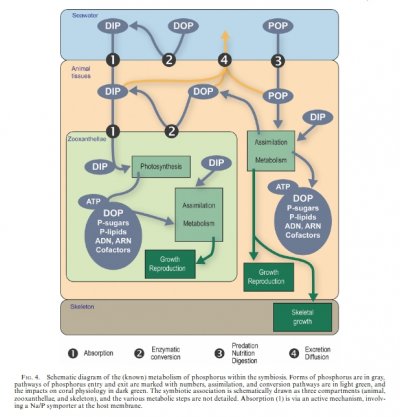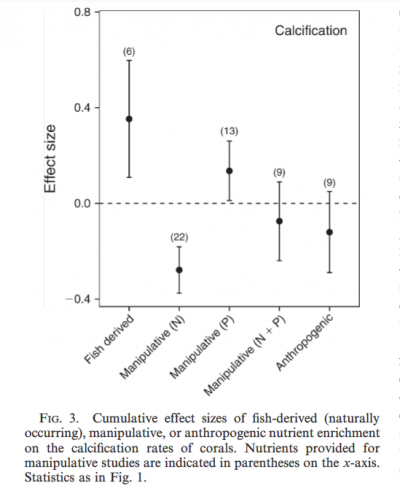- Joined
- Aug 10, 2018
- Messages
- 429
- Reaction score
- 384
Please read and help. Just shy of 10 years in reefing. I have had problems since day one. At this point I feel like I have a good grasp of what needs to be done and yet there’s constant pain points.
-Tank= 90 gallon with 20L sump,
-Automated 2 part dosing
-slight oversized skimmer run 24/7
-filter socks changed every 2-3days depending on if they get clogged up.
-Bi-weekly water change 20-30 gallons
-Flow comsist of return pump, x350 gyre, -mp40, RW-8.
-8.0 ph,450 cal, 1350 mag
-detectable nitrates
-.006-.03 phosphates
- run GFO in filter socks but not in reactor. When I did do reactor my corals were very pale and slow growing in addition no change to algae despite it being 0ppm
-8 fish of various sizes mostly small like clowns
- giant frogspawn, large leather tree, 4 largish sps colonies softball size, 4 just past frag size
Problems
-Algae always although currently pretty good
-cyano cyano cyano. I have gone 6months straight vacuuming out 2 times a week with also doing weekly water changes. VERY ODD my sps look best when cyano arrives.
- I have killed cyano off multiple times with chemical clean and it just comes back a month later
- I have had two mass deaths usually in the winter time. November and December. One was total sps death. Other was partial.
- I have tried to grow cheato 3 times. Each time it grows like crazy and then dies a slow death no matter how much I feed or does iron or cheato growth supplements.
im writing this because the cyano is coming back again. I just did a water change yesterday. Vacuumed out what little cyano there was and today is worse than yesterday. BUT I’m seeing GREAT polyp extension like I haven’t seen in months. Shaking my head because I just don’t get it.
what do you think?
-Tank= 90 gallon with 20L sump,
-Automated 2 part dosing
-slight oversized skimmer run 24/7
-filter socks changed every 2-3days depending on if they get clogged up.
-Bi-weekly water change 20-30 gallons
-Flow comsist of return pump, x350 gyre, -mp40, RW-8.
-8.0 ph,450 cal, 1350 mag
-detectable nitrates
-.006-.03 phosphates
- run GFO in filter socks but not in reactor. When I did do reactor my corals were very pale and slow growing in addition no change to algae despite it being 0ppm
-8 fish of various sizes mostly small like clowns
- giant frogspawn, large leather tree, 4 largish sps colonies softball size, 4 just past frag size
Problems
-Algae always although currently pretty good
-cyano cyano cyano. I have gone 6months straight vacuuming out 2 times a week with also doing weekly water changes. VERY ODD my sps look best when cyano arrives.
- I have killed cyano off multiple times with chemical clean and it just comes back a month later
- I have had two mass deaths usually in the winter time. November and December. One was total sps death. Other was partial.
- I have tried to grow cheato 3 times. Each time it grows like crazy and then dies a slow death no matter how much I feed or does iron or cheato growth supplements.
im writing this because the cyano is coming back again. I just did a water change yesterday. Vacuumed out what little cyano there was and today is worse than yesterday. BUT I’m seeing GREAT polyp extension like I haven’t seen in months. Shaking my head because I just don’t get it.
what do you think?




















